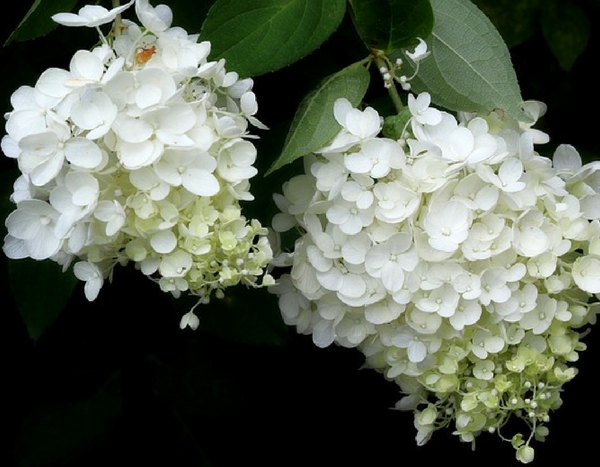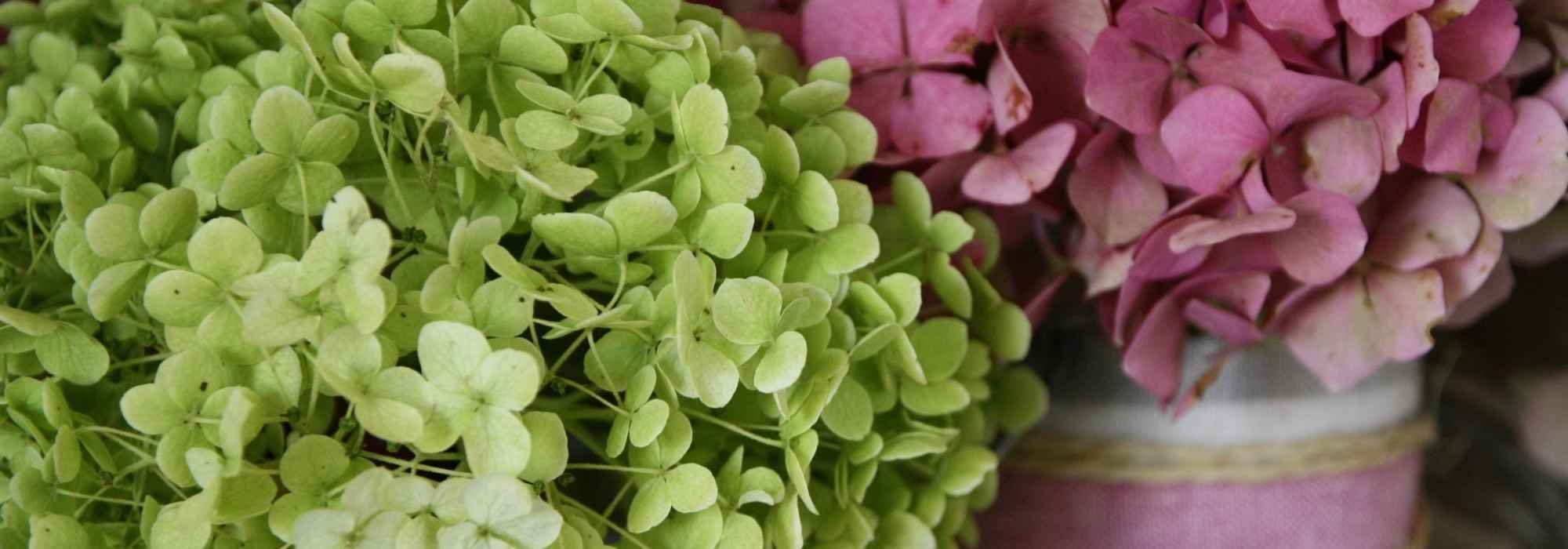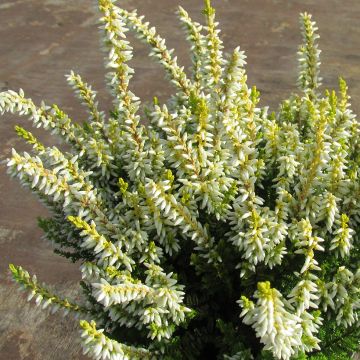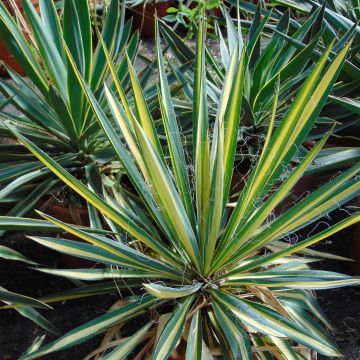

Hydrangea French Bolero


Hydrangea French Bolero
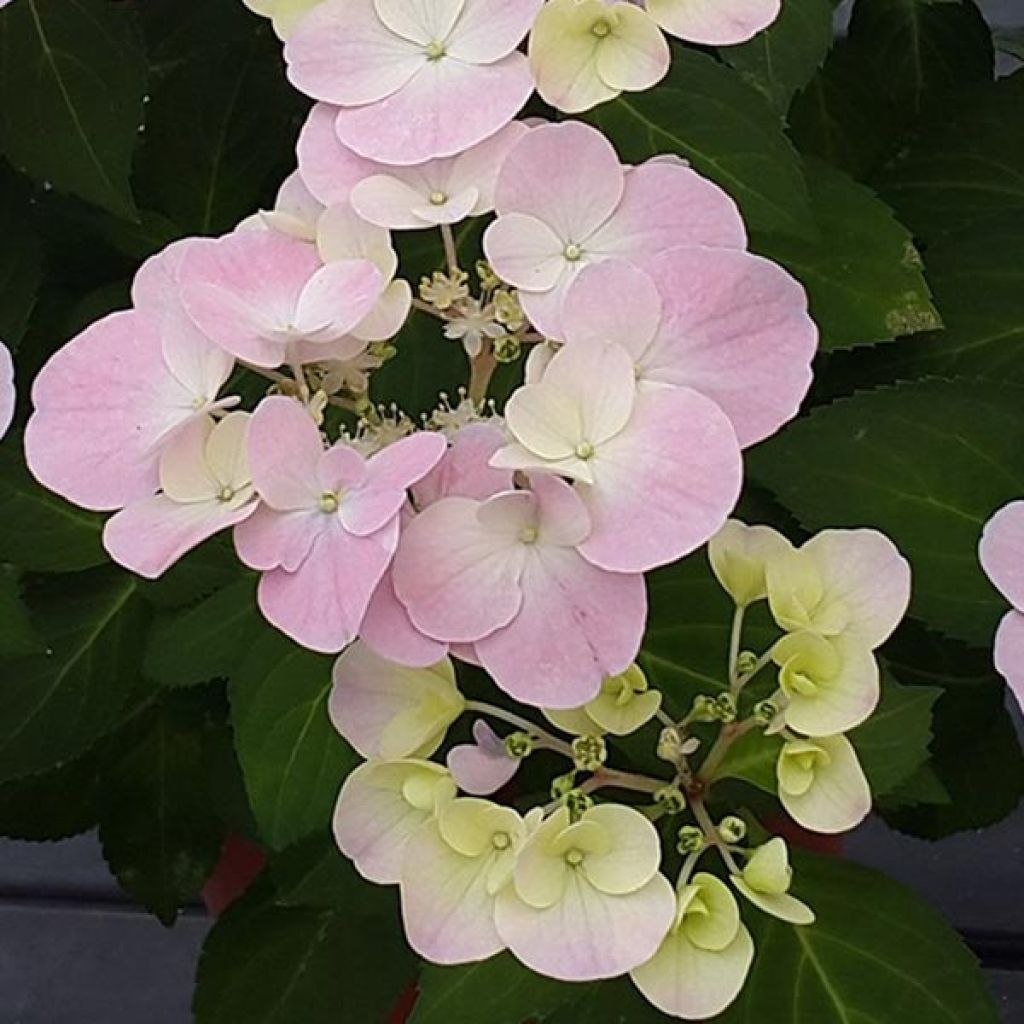

Hydrangea French Bolero
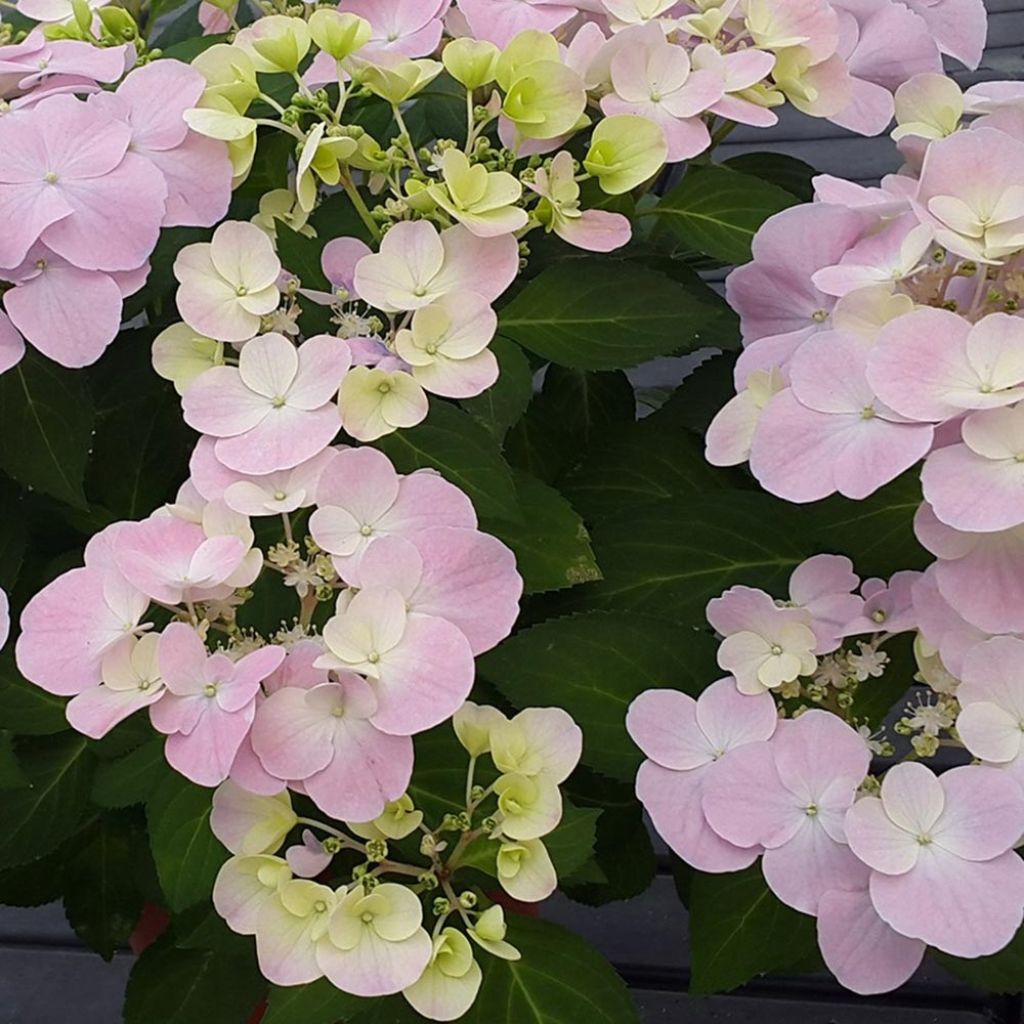

Hydrangea French Bolero
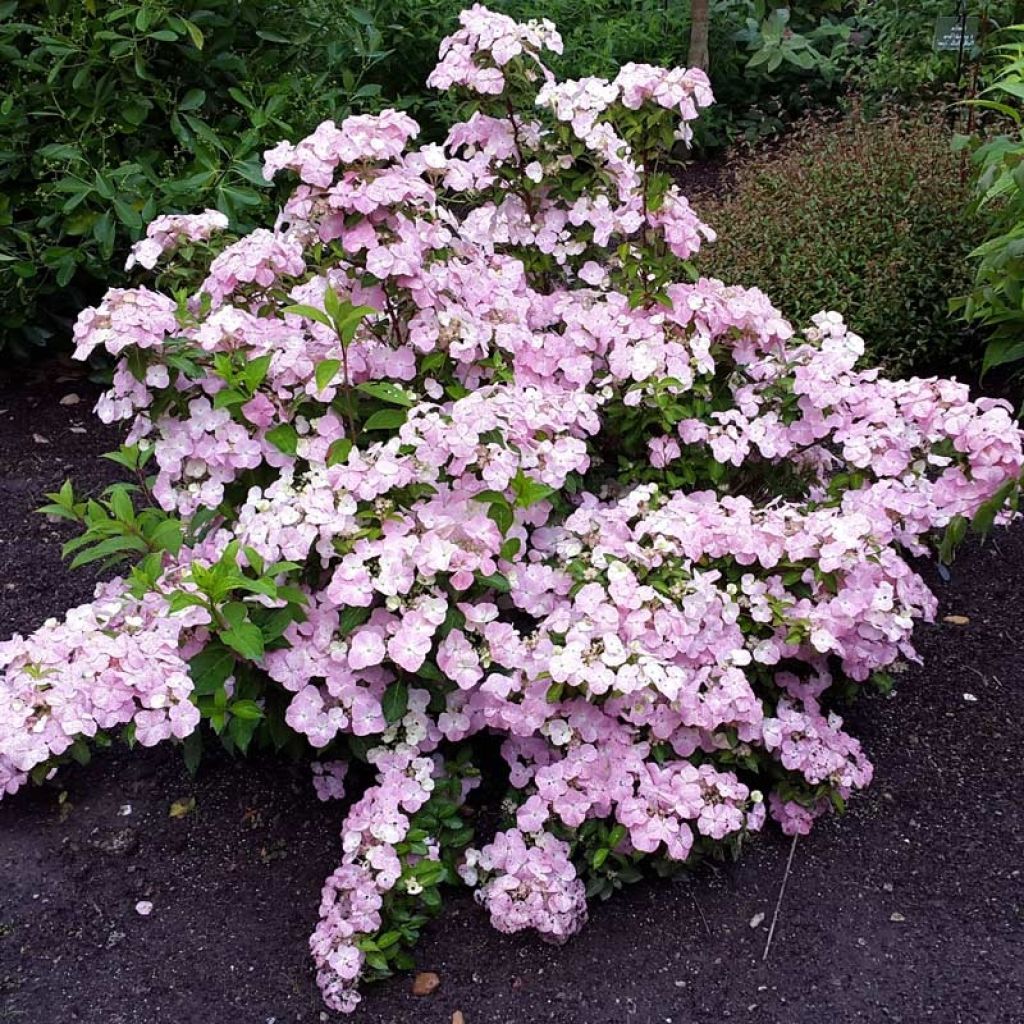

Hydrangea French Bolero
View more pictures
Hide images

Valérie V.

French Bolero 1 year later
Valérie V. • 85 FR

Marine S.

Flowering French Bolero
Marine S. • 72 FR
Hydrangea French Bolero
Hydrangea macrophylla x scandens French Bolero®
Plant arrived in decent condition, not very healthy upon receipt of the order. Fingers crossed for its recovery and regrowth.
Saxifrage, 02/03/2025
Special offer!
Receive a €20 voucher for any order over €90 (excluding delivery costs, credit notes, and plastic-free options)!
1- Add your favorite plants to your cart.
2- Once you have reached €90, confirm your order (you can even choose the delivery date!).
3- As soon as your order is shipped, you will receive an email containing your voucher code, valid for 3 months (90 days).
Your voucher is unique and can only be used once, for any order with a minimum value of €20, excluding delivery costs.
Can be combined with other current offers, non-divisible and non-refundable.
Home or relay delivery (depending on size and destination)
Schedule delivery date,
and select date in basket
This plant carries a 24 months recovery warranty
More information
We guarantee the quality of our plants for a full growing cycle, and will replace at our expense any plant that fails to recover under normal climatic and planting conditions.
Would this plant suit my garden?
Set up your Plantfit profile →
Description
Hydrangea 'French Bolero' is a brand new hybrid hydrangea that is very different from traditional ball-shaped hydrangeas. This variety, which comes from France, has a unique characteristic inherited from its parent, Hydrangea scandens: the flowers not only bloom at the end of its branches, but also along the stems, at the axil of the leaves. Its other parent, H. macrophylla, has passed on its large fertile florets in soft shades of pink or blue depending on the soil, turning to lime-green. Adorned with garlands of flowers throughout the summer, this modest-sized shrub, graceful and light, is an excellent candidate for terrace decoration or a small garden.
Hydrangea 'French Bolero' was first presented in Germany at the international IPM Essen fair in late January 2019, where it won the bronze medal in the 'Show your colours' competition, and then the gold medal in the Innovert competition at the plant fair in Nantes. This selection is the result of a collaboration between the producers of the HW2 Hydrangea Worldwide association and research from Angers. Its first parent is the ball-shaped hydrangea (Hydrangea macrophylla) that we know well, and the second is H. scandens, native to Japan, which forms small bushes with a spreading or trailing habit. All of these shrubs belong to the Hydrangea family.
'French Bolero' is a very hardy bush with a bushy but flexible habit, about as wide as it is tall, reaching approximately 1.2 m (3 ft 11 in) in all directions. Its flowering spreads continuously from June-July to September. It takes the form of large inflorescences in plateaus, composed of a few tiny fertile florets in the shape of buds surrounded by numerous much larger sterile florets with four petals. They appear at the end of the branches, as well as at each lateral bud present on these branches. In slightly acidic to neutral soil (pH 6.5 to 7), they will take on a pale lavender-pink hue. In acidic soil, on the contrary (pH < 6.5), their colour will be a pale blue. Before fading, these florets take on beautiful pastel yellow-green tones. The foliage turns yellow in autumn before falling. In summer, the flowering is accompanied by dark green foliage: the leaves are opposite, small for a hydrangea, single, with an oval to elliptical shape, ending in a tapered point and edged with teeth. This 'French Bolero' variety has good longevity.
Hydrangeas are sturdy and loyal plants that live and flower for many years in the garden. These shrubs are well known for brightening up the north side of houses. This 'French Bolero' variety is a wonderful terrace and balcony plant that will also thrive in flower beds. It truly deserves a prime location, near the house or close to the entrance. Even though these shrubs dislike limestone, hydrangeas are not strictly speaking acid-loving plants; they tolerate neutral soils. Pair them with bush fuchsias, or the curious Fuchsia hatschbachii, a climbing species, Lilies, and liriopes, or plant spring-flowering bulbs in front of their round silhouette. Enjoy their beautiful flowers for a long time, in the garden or in bouquets at home.
Hydrangea French Bolero in pictures


Plant habit
Flowering
Foliage
Botanical data
Hydrangea
macrophylla x scandens
French Bolero®
Hydrangeaceae
Cultivar or hybrid
Planting and care
Plant the French Bolero hydrangea in spring or early autumn, preferably in a semi-shaded position, for example against an east-facing wall, or even north-facing. Keep it sheltered from cold, drying winds. This variety tolerates a few hours of sun per day, in the morning. It does not necessarily require heather soil, but appreciates a deep, moist but well-drained, fairly fertile soil, possibly enriched with a good fertiliser before planting. If the soil is dry at the base of the wall, place the root ball at least 30 or 40 cm (11.8 or 15.7 in) away from the base of the wall and incorporate a quantity of well-decomposed compost to better retain moisture in the soil. Very hardy, Hydrangea macrophylla does not fear being planted in cold regions.
As for pruning, it should be done in spring. When the plant is mature, cut the oldest stems back to the base by a quarter or a third to encourage the formation of young shoots. Carry out this pruning every year.
Planting period
Intended location
Care
Planting & care advice
-
, onOrder confirmed
Reply from on Promesse de fleurs
Similar products
Haven't found what you were looking for?
Hardiness is the lowest winter temperature a plant can endure without suffering serious damage or even dying. However, hardiness is affected by location (a sheltered area, such as a patio), protection (winter cover) and soil type (hardiness is improved by well-drained soil).

Photo Sharing Terms & Conditions
In order to encourage gardeners to interact and share their experiences, Promesse de fleurs offers various media enabling content to be uploaded onto its Site - in particular via the ‘Photo sharing’ module.
The User agrees to refrain from:
- Posting any content that is illegal, prejudicial, insulting, racist, inciteful to hatred, revisionist, contrary to public decency, that infringes on privacy or on the privacy rights of third parties, in particular the publicity rights of persons and goods, intellectual property rights, or the right to privacy.
- Submitting content on behalf of a third party;
- Impersonate the identity of a third party and/or publish any personal information about a third party;
In general, the User undertakes to refrain from any unethical behaviour.
All Content (in particular text, comments, files, images, photos, videos, creative works, etc.), which may be subject to property or intellectual property rights, image or other private rights, shall remain the property of the User, subject to the limited rights granted by the terms of the licence granted by Promesse de fleurs as stated below. Users are at liberty to publish or not to publish such Content on the Site, notably via the ‘Photo Sharing’ facility, and accept that this Content shall be made public and freely accessible, notably on the Internet.
Users further acknowledge, undertake to have ,and guarantee that they hold all necessary rights and permissions to publish such material on the Site, in particular with regard to the legislation in force pertaining to any privacy, property, intellectual property, image, or contractual rights, or rights of any other nature. By publishing such Content on the Site, Users acknowledge accepting full liability as publishers of the Content within the meaning of the law, and grant Promesse de fleurs, free of charge, an inclusive, worldwide licence for the said Content for the entire duration of its publication, including all reproduction, representation, up/downloading, displaying, performing, transmission, and storage rights.
Users also grant permission for their name to be linked to the Content and accept that this link may not always be made available.
By engaging in posting material, Users consent to their Content becoming automatically accessible on the Internet, in particular on other sites and/or blogs and/or web pages of the Promesse de fleurs site, including in particular social pages and the Promesse de fleurs catalogue.
Users may secure the removal of entrusted content free of charge by issuing a simple request via our contact form.
The flowering period indicated on our website applies to countries and regions located in USDA zone 8 (France, the United Kingdom, Ireland, the Netherlands, etc.)
It will vary according to where you live:
- In zones 9 to 10 (Italy, Spain, Greece, etc.), flowering will occur about 2 to 4 weeks earlier.
- In zones 6 to 7 (Germany, Poland, Slovenia, and lower mountainous regions), flowering will be delayed by 2 to 3 weeks.
- In zone 5 (Central Europe, Scandinavia), blooming will be delayed by 3 to 5 weeks.
In temperate climates, pruning of spring-flowering shrubs (forsythia, spireas, etc.) should be done just after flowering.
Pruning of summer-flowering shrubs (Indian Lilac, Perovskia, etc.) can be done in winter or spring.
In cold regions as well as with frost-sensitive plants, avoid pruning too early when severe frosts may still occur.
The planting period indicated on our website applies to countries and regions located in USDA zone 8 (France, United Kingdom, Ireland, Netherlands).
It will vary according to where you live:
- In Mediterranean zones (Marseille, Madrid, Milan, etc.), autumn and winter are the best planting periods.
- In continental zones (Strasbourg, Munich, Vienna, etc.), delay planting by 2 to 3 weeks in spring and bring it forward by 2 to 4 weeks in autumn.
- In mountainous regions (the Alps, Pyrenees, Carpathians, etc.), it is best to plant in late spring (May-June) or late summer (August-September).
The harvesting period indicated on our website applies to countries and regions in USDA zone 8 (France, England, Ireland, the Netherlands).
In colder areas (Scandinavia, Poland, Austria...) fruit and vegetable harvests are likely to be delayed by 3-4 weeks.
In warmer areas (Italy, Spain, Greece, etc.), harvesting will probably take place earlier, depending on weather conditions.
The sowing periods indicated on our website apply to countries and regions within USDA Zone 8 (France, UK, Ireland, Netherlands).
In colder areas (Scandinavia, Poland, Austria...), delay any outdoor sowing by 3-4 weeks, or sow under glass.
In warmer climes (Italy, Spain, Greece, etc.), bring outdoor sowing forward by a few weeks.


































